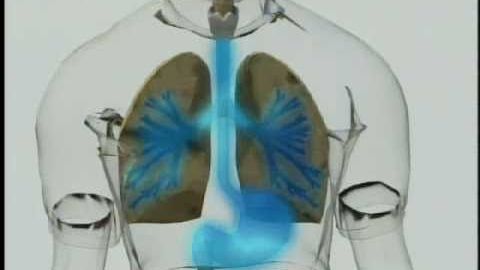
字幕與單字
輻射原理--暴露與汙染 (Radiation Principles - Exposure vs Contamination)
00
kuoyumei 發佈於 2021 年 01 月 14 日收藏
影片單字
exposure
US /ɪkˈspoʒɚ/
・
UK /ɪk'spəʊʒə(r)/
- n.未經照射的 ; 未曝光的;曝光;揭露(某事);揭發(某事);曝露;暴露;曝曬;(醫療)失溫;暴露;(金融)風險承擔
A2 初級多益中級英檢
更多 使用能量
解鎖所有單字
解鎖發音、解釋及篩選功能
